by Lisa Cooke | Oct 24, 2016 | 01 What's New, Inspiration, Kids
If you’re like me, you would give anything to share family history with kids and not be met with an eye roll. Here are three clever ways to capture their imagination, put a smile on their face, and most importantly, help them soak in the importance of their family history. You’re going to want to try them today!
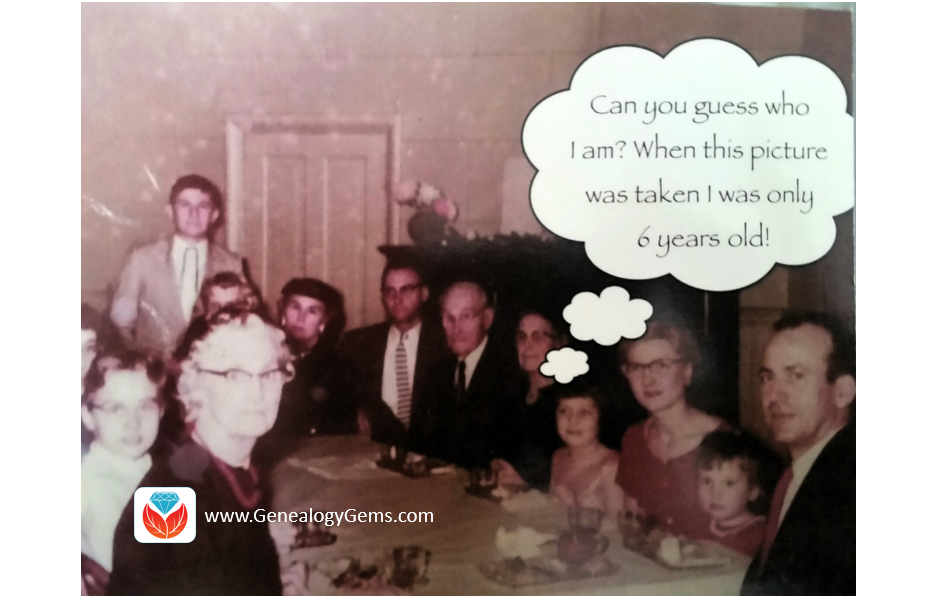
Share Family History with Kids through Surprising Greeting Cards
About a year ago, my mother-in-law began sending monthly cards to each of the families. Though addressed to the grandchildren, they were fun for everyone. My youngest, now 9 years old, excitedly tears into the envelope and wants to be the first to see the card. She smiles and giggles at Grandma’s funny stories. We keep the card on the front of the fridge until the next one comes. They have become special keepsakes we will save for future generations.
These glossy greeting cards hold special pictures and stories of her past. One such card had an old picture of her as a child sitting around the table with her extended family.
The front of the card said, “Can you guess who I am? When this picture was taken I was only 6 years old.” The inside of the card then told the names and relationships of those around the table.

Another card she created was a collage of Christmas ornaments. It inspired me to create a card that shared images of my own family Christmas heirlooms and ornaments of the past. What a neat way to preserve that part of our history and share it with the next generation. After all, stories of how our ancestors celebrated special events is often enjoyed by even those that don’t consider themselves ‘genealogists.’
Share Family History with Kids through Shareable Art for Social Media
Getting a card in the mail was fun for the younger ones who rarely get a letter, but our teens were more interested in what was showing up on their social media feeds. Teen family members spend many hours on social media. Facebook, Twitter, Instagram, and Pinterest are just a few of the many outlets available today. If the kids are already surfing your feed, why not share with them some family history in a creative, colorful post.
Recently, I downloaded an app called Rhonna Collage. Rhonna Collage is available only for Apple devices, but there is a similar app for Android devices called Rhonna Designs.
As I found new pictures of my ancestors, I used the Rhonna Collage app to design shareable art for posting to social media. I added a background, a picture, and text. Then, I shared my creation to Facebook, Instagram, and Twitter. My cousins swooned and the teen nieces and nephews clicked the “thumbs-up” or “heart” emojis to show their like for the post. Sometimes, they even post a comment or question! Even better, my designs can be downloaded by them, shared again, or even printed.
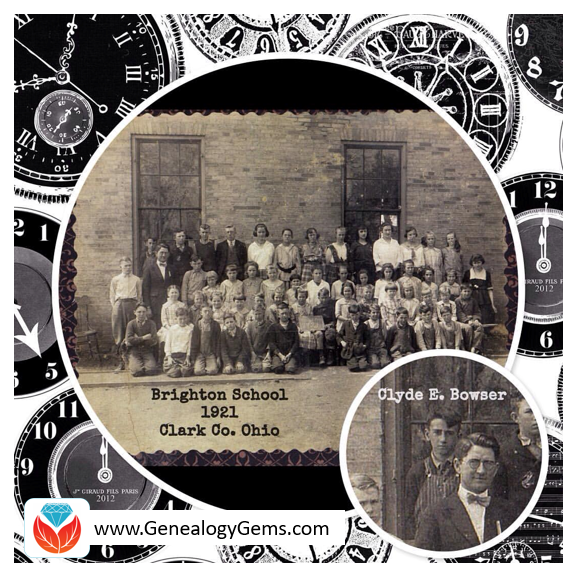
Share Family History with Kids at an Ancestor Birthday Bash
If you are interested in sharing family history in a more dramatic way, ancestor birthday bashes may be right up your alley!
Ancestor birthday bashes started when my sister and I wanted an interactive activity that immersed the kids in their family history. Everyone loves a birthday party, right? So, we created ancestor birthday bash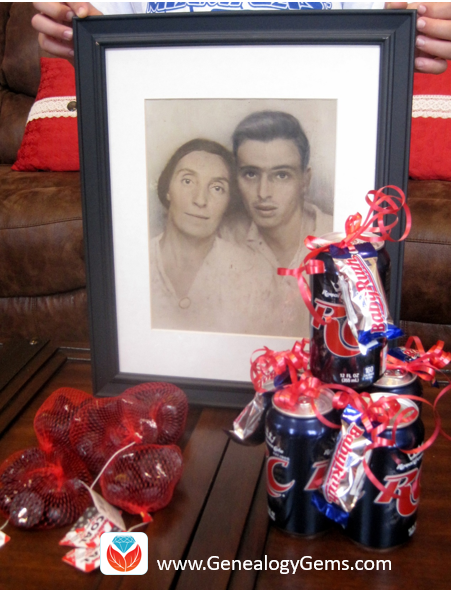 es.
es.
The party takes place on or near the birthday of an ancestor. Our first birthday bash was for my grandpa, Robert Cole. I interviewed my mother, his daughter, about all his favorite things. We used his favorite treats of RC Cola and Baby Ruth candy bars as decoration and treats for the party. Grandpa Cole was also a coal miner and we were able to find bags of coal (made of chocolate!) to give to each of the kids. During the celebration, we shared fun stories and pictures of Grandpa.
A day or so later, my niece Candice told her mother, “I know why Grandpa Cole’s favorite pop was RC.” When asked why, she replied, “Because his initials were R. C.!” We considered that a win! She was paying attention and all had a great time.
Ancestor birthday bashes are a way to teach cultural history as well. If you celebrate an ancestor originally from another country, you could include authentic food, games, and decorations to make the event really memorable.
Even More Ways to Share Family History with Kids
These were just three ways to teach and share your family history with your kids, and even nurture the next generation of budding genealogists. For even more ideas, read the posts below.
How to Create a Coloring Book for Family History
Family Reunion Ideas: Top 10 Ways to Incorporate Family History
 If you have a great idea of your own and you’ve snapped some photos of you sharing family history with your kids, feel free to post them on our Facebook page. You inspire us!
If you have a great idea of your own and you’ve snapped some photos of you sharing family history with your kids, feel free to post them on our Facebook page. You inspire us!
by | Jul 27, 2016 | 01 What's New, Kids |
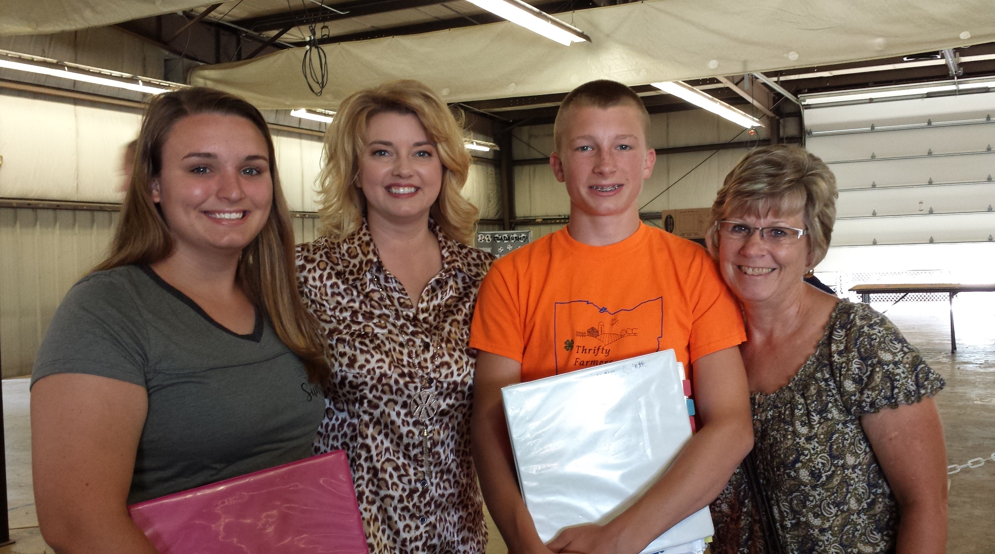
From left to right: Emily Guinther, Amie Tennant, Braden Guinther, and Tove Russell
Wouldn’t you love to get your children or grandchildren more involved in family history work? Learn how to help them participate in the genealogy 4-H project program or earn their Boy Scout genealogy merit badge. You too can help in the work by becoming a genealogy merit badge counselor.
There are dozens of ways to encourage our youth to participate in genealogy. Some even include scholarships, ribbons, trophies, and badges. It’s always nice to be recognized for your hard work! Today, I’m sharing about genealogy 4-H projects and the Boy Scout genealogy merit badge.
The Genealogy 4-H Project Program
4-H is a organization or club made up of a group of five or more youngsters guided by one or more adult volunteer leader. In the U.S., each club helps their youth to complete a 4-H project for the annual county fair. Genealogy is one of hundreds of possible projects. Genealogy projects are broken down into three divisions or years. Each yearly division project builds on the one before so that at the end of three years, the youth will have compiled a very thorough genealogy.
This year, I followed along as Tove Russell of Shelby County, Ohio worked with her four grandchildren to accomplish their genealogy 4-H projects. Two of the teens were able to take their work to the county fair. Emily and Braden Guinther have just completed their second year. To complete the second year genealogy requirements, they did the following:
- Began a personal journal,
- Completed a family group sheet for each aunt and uncle, including an interview if able,
- Visited a courthouse, library, or cemetery for the purpose of researching genealogy,
- Learned to use a microfilm and/or micofiche reader,
- Attended a genealogy workshop or genealogical society meeting,
- Added new information to their pedigree chart,
- Wrote a personal history essay, and
- Copied and shared their family history findings with another family member.
Braden’s favorite part of his genealogy journey was writing the perso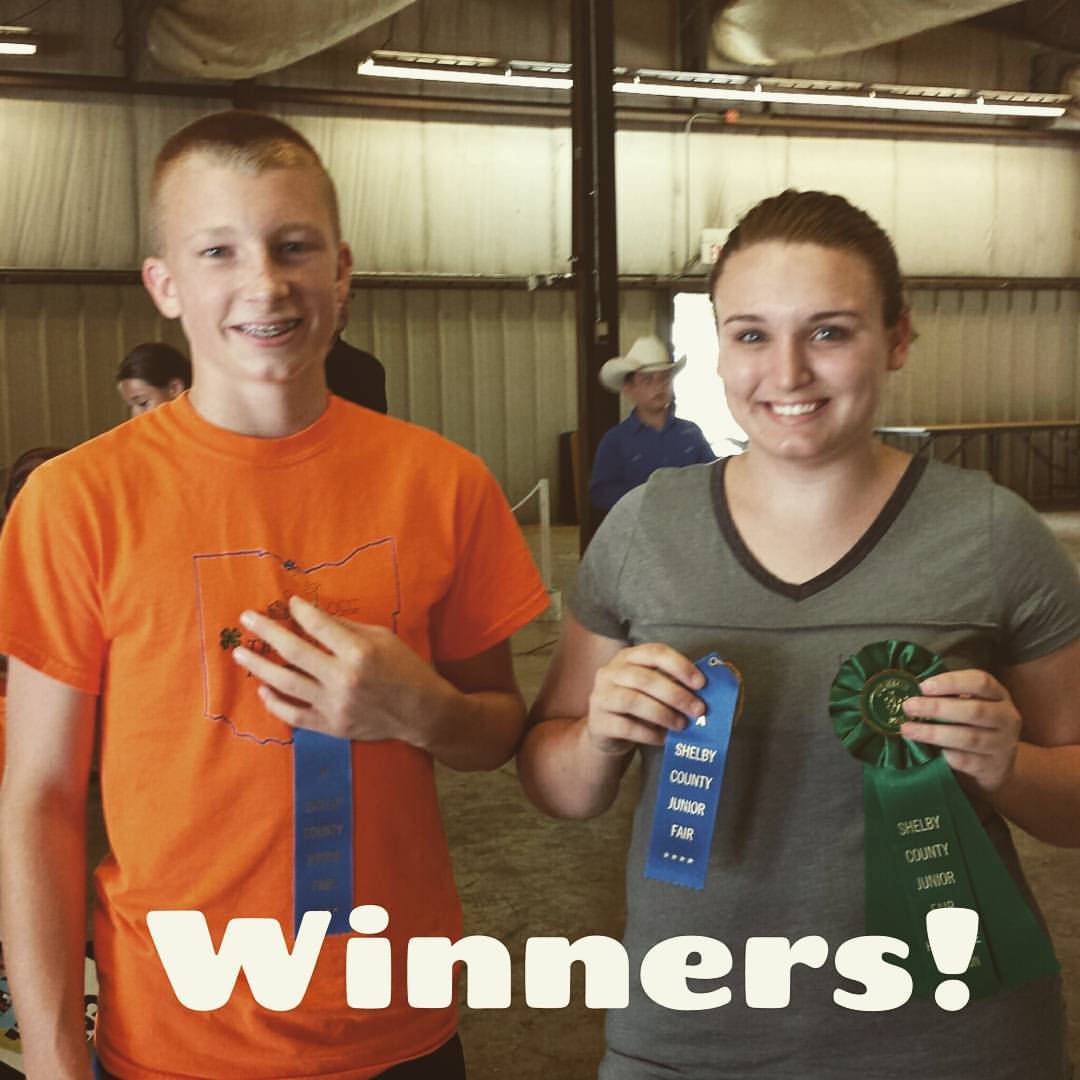 nal essay and learning to use the microfilm reader. Emily’s favorite part was learning her great-grandmother married her brother-in-law when her first husband passed away. Each of the kids had several fun stories to share! I particularly liked learning about their great-grandfather (who I remember as a child) working as a grave digger!
nal essay and learning to use the microfilm reader. Emily’s favorite part was learning her great-grandmother married her brother-in-law when her first husband passed away. Each of the kids had several fun stories to share! I particularly liked learning about their great-grandfather (who I remember as a child) working as a grave digger!
Both Emily and Braden won a ribbon for their genealogy 4-H projects. In addition, Emily won Honorable Mention.
The Genealogy Merit Badge
The Boy Scouts of America also has a genealogy and family history initiative. The organization has been particularly helpful in completing many cemetery projects for BillionGraves. Among their many merit badges, the genealogy merit badge is still rather unique. Requirements for this merit badge are extensive, but some of the requirements include:
- Defining the words genealogy, ancestor, and descendant,
- Keeping a journal for 6 weeks,
- Interviewing a relative,
- Naming three types of genealogical resources and how they can help a genealogist,
- Visiting a genealogical library, society, or archive,
- Completing at least a three generation pedigree chart, and
- Completing a family group sheet.
I was very excited to learn that I could become involved as a local genealogy merit badge counselor. If you would like to do so, you will need to meet the following requirements:
- Be at least 18 years old,
- Be proficient in the merit badge subject by vocation, avocation, or special training,
- Be able to work with Scout-age boys,
- Be registered with the Boy Scouts of America,
- Complete the Youth Protection training, and
- Complete and submit the BSA Merit Badge Counselor Information Form.
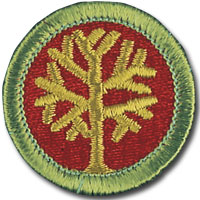
Genealogy Merit Badge
You can turn in your form to any local Boy Scout troop or Scout Master. After your information form and application have been evaluated, you will be notified that you are now a genealogy merit badge counselor. You can work with one specific Boy Scout troop or many.
Historical and genealogical societies may also enjoy hosting an event for their local Boy Scout troop to learn all about genealogy in their area. What a great way to get involved in the community and support the youth!
Did you participate in a genealogy 4-H program or earn a genealogy merit badge as a youth? If so, we would be delighted to hear about it in the comments below. If you have some pictures to share of your genealogy 4-H project or the project of your children or grandchildren, head on over to our Facebook page and share a photo. We love hearing from you, Gems!
More Gems on Genealogy for Youth
Family History for Kids: 3 Ways to Interest Young People in Genealogy
Family History for Kids Starts WITH the Kids
How to Create a Coloring Book for Family History



 es.
es. If you have a great idea of your own and you’ve snapped some photos of you sharing family history with your kids, feel free to post them on our Facebook page. You inspire us!
If you have a great idea of your own and you’ve snapped some photos of you sharing family history with your kids, feel free to post them on our Facebook page. You inspire us!

 nal essay and learning to use the microfilm reader. Emily’s favorite part was learning her great-grandmother married her brother-in-law when her first husband passed away. Each of the kids had several fun stories to share! I particularly liked learning about their great-grandfather (who I remember as a child) working as a grave digger!
nal essay and learning to use the microfilm reader. Emily’s favorite part was learning her great-grandmother married her brother-in-law when her first husband passed away. Each of the kids had several fun stories to share! I particularly liked learning about their great-grandfather (who I remember as a child) working as a grave digger!



